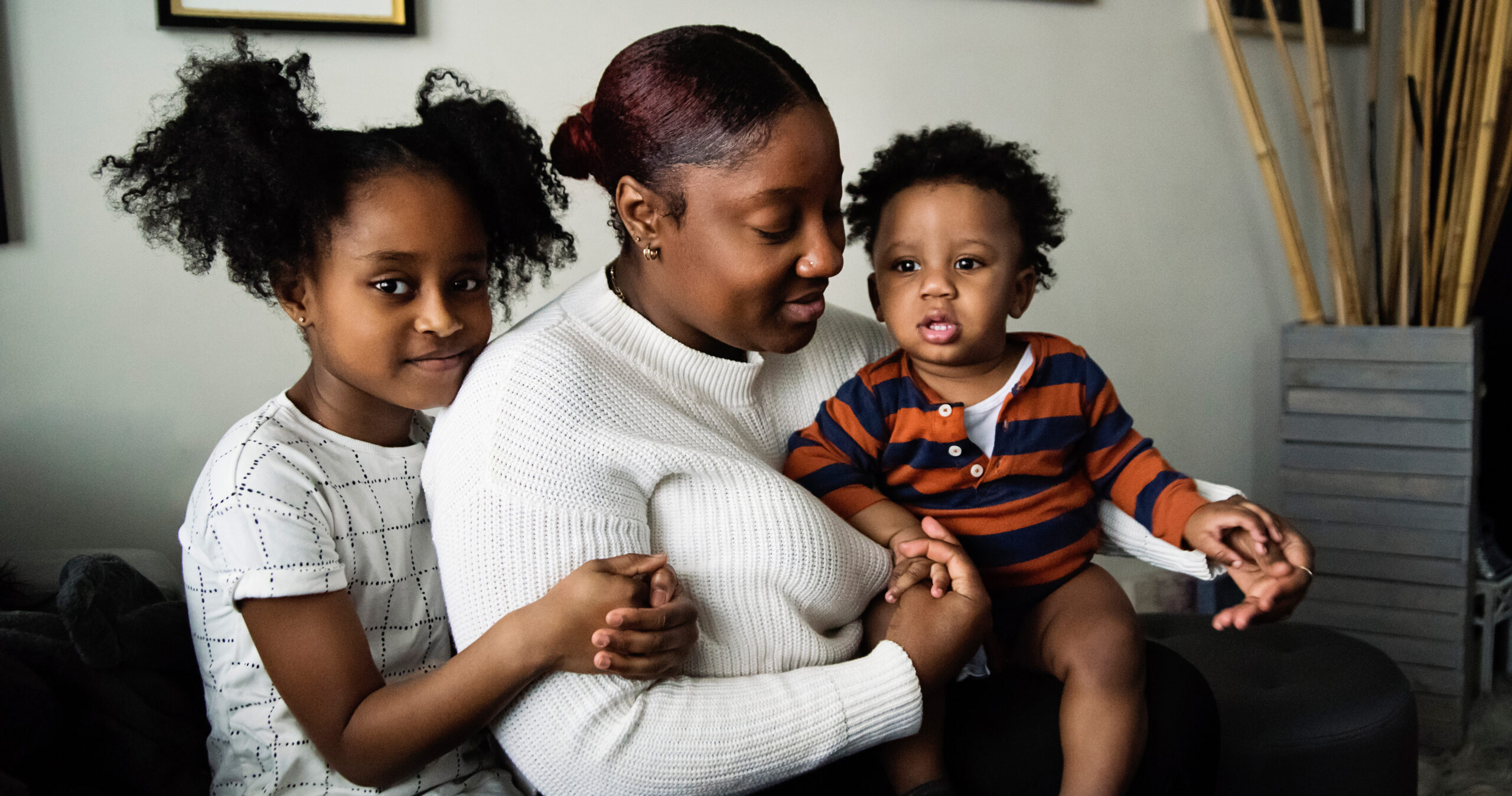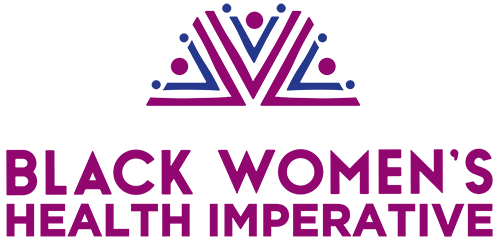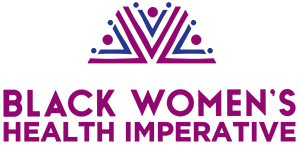What We’re Watching: Medicaid Matters More Than Ever

Medicaid gets tossed around like a buzzword in political debates, but for millions of people—including Black women, families, and underserved communities—it’s a lifeline. As one of the largest public health programs in the U.S., Medicaid covers everything from maternal care to cancer screenings to lifesaving medications. But its future is on shaky ground.
At the Black Women’s Health Imperative, we’re keeping a close eye on how Medicaid is evolving, what it’s funding, and where it’s falling short. Below are some of the key areas we’re tracking and why they matter.
1. Understanding Medicaid: What It Is and Why It Matters
Medicaid was established in 1965 to provide health coverage to low-income individuals, and over the last 60 years, it has become a critical part of the U.S. healthcare system. Today, it covers low-income families, pregnant women, people with disabilities, and seniors who need long-term care.
- 1 in 4 Black women rely on Medicaid for healthcare coverage.
- 52% of Black girls under 18 are covered by Medicaid.
- Medicaid pays for 65% of births by Black mothers, making it the largest payer for Black maternal health.
When Medicaid is fully funded and protected, it supports wellness at every stage of life. When it’s undercut, the consequences hit vulnerable communities first and hardest.
2. Medicaid and Maternal Health
States are increasingly using Medicaid to improve maternal health outcomes, especially by covering doula and midwife services and expanding postpartum care.
- Doula and Midwife Coverage: 23 states now reimburse for doula care, and 19 reimburse all licensed midwives. This means more access to culturally competent, low-intervention support for pregnant people.
- 12-Month Postpartum Coverage: Previously, Medicaid only covered women for 60 days after giving birth. As of 2025, every state except Wisconsin has adopted a policy to extend coverage to 12 months—a critical step in improving outcomes for new mothers and babies.
3. Medicaid and Drug Pricing: The 340B Program
The 340B Drug Pricing Program allows healthcare providers serving low-income patients to purchase medications at a discount. Ideally, those savings are reinvested into patient care and services.
- The program helps expand access to essential medications and improve treatment adherence.
- However, reforms are needed to ensure transparency—providers must show they’re actually using savings to reduce patient costs and improve care in underserved communities.
4. Medicaid and Reproductive Health: A Mixed Bag
While Medicaid has expanded access to many types of care, reproductive health is where it still falls painfully short.
- The Hyde Amendment, in place since 1976, bans the use of federal Medicaid funds for abortion except in rare cases. Only 16 states use state funds to cover abortion care for Medicaid recipients.
- In Medina v. Planned Parenthood South Atlantic (June 2025), the Supreme Court ruled that Medicaid beneficiaries cannot sue states for restricting provider access. This opens the door for states to block Planned Parenthood and similar clinics from Medicaid coverage—meaning patients may lose access to STI testing, cancer screenings, contraception, and more.
This ruling could lead to clinic closures and reduced access to reproductive care even for those who pay out of pocket.
Conclusion:
The “One Big Beautiful Bill” has enacted substantial federal cuts to Medicaid, jeopardizing healthcare access for millions. States are now faced with difficult decisions: either allocate additional funds to maintain coverage levels or implement service reductions. Some states, like New York, are exploring new revenue sources and cost-reduction strategies to address anticipated shortfalls . Others may consider policy adjustments or seek federal waivers to mitigate the impact of these cuts. For more information about the impending changes to Medicaid: https://familiesusa.org/medicaidresearch/
At the Black Women’s Health Imperative, we are closely monitoring these developments and advocating for policies that protect and expand access to care. We will continue to provide updates and resources to help our communities navigate these changes and advocate for equitable healthcare solutions.

